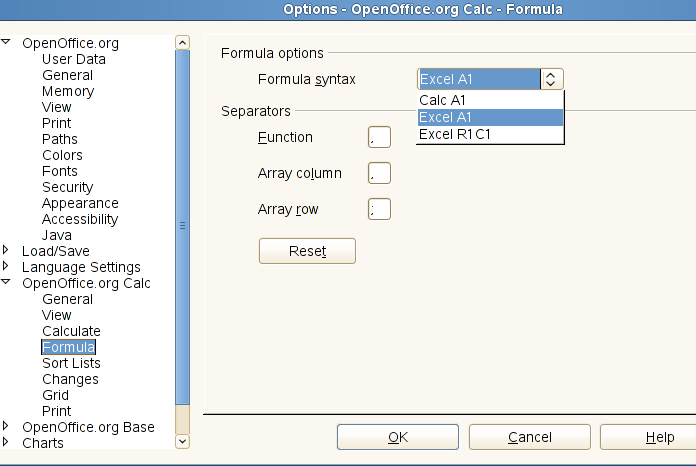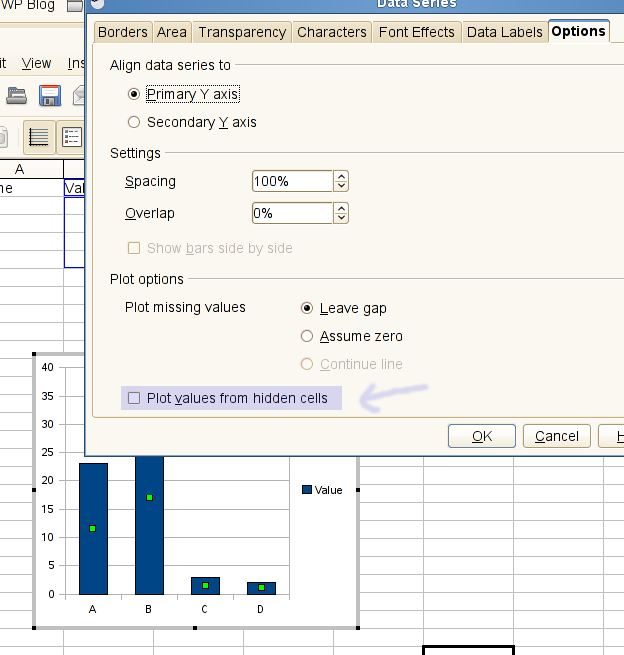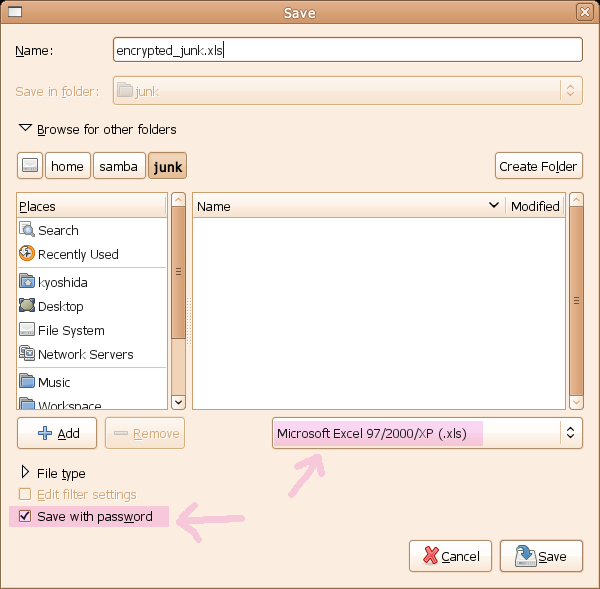So, here is another new thing in ooo-build trunk that I just checked in. This may be particularly of interest to users in English-speaking countries.
This new option page named Formula lets you configure separators in your formula expressions. This comes in handy when, for instance, you want to separate your function parameters by commas (,) instead of semicolons (;) so that, instead of typing
=SUM(A1;B1;C1) |
you could type
=SUM(A1,B1,C1) |
like you are used to if you are coming from the other major spreadsheet application from the certain big company on the west coast of the US.
Likewise, you can also change the column and row separators for in-line arrays. Previously, an in-line array used semicolons (;) as the column separators and the pipe symbols (|) as the row separators, so a typical in-line array expression looked like this
={1;2;3;4;5|6;7;8;9;10} |
for a 5 x 2 matrix array. By changing the column separators to commas (,) and the row separators to semicolons (;), the same expression will look like this
={1,2,3,4,5;6,7,8,9,10} |
Now, the formula syntax option was there before I checked this piece in, but it was in the Calculate option page. I moved it to the new Formula page because I felt that those two configuration options really should belong together.
Anyway, this is probably good news especially for users in the English locales, where people are most used to having commas as the function argument separators but are frustrated by Calc because Calc forced them to get used to using semicolons to separate the parameters. Well, frustrate no more. :-)
Of course, those who prefer Calc’s conventional separators can revert back to them since they are configurable. So, these is no loss for the old-time Calc users who just want the old separators back. ;-)


